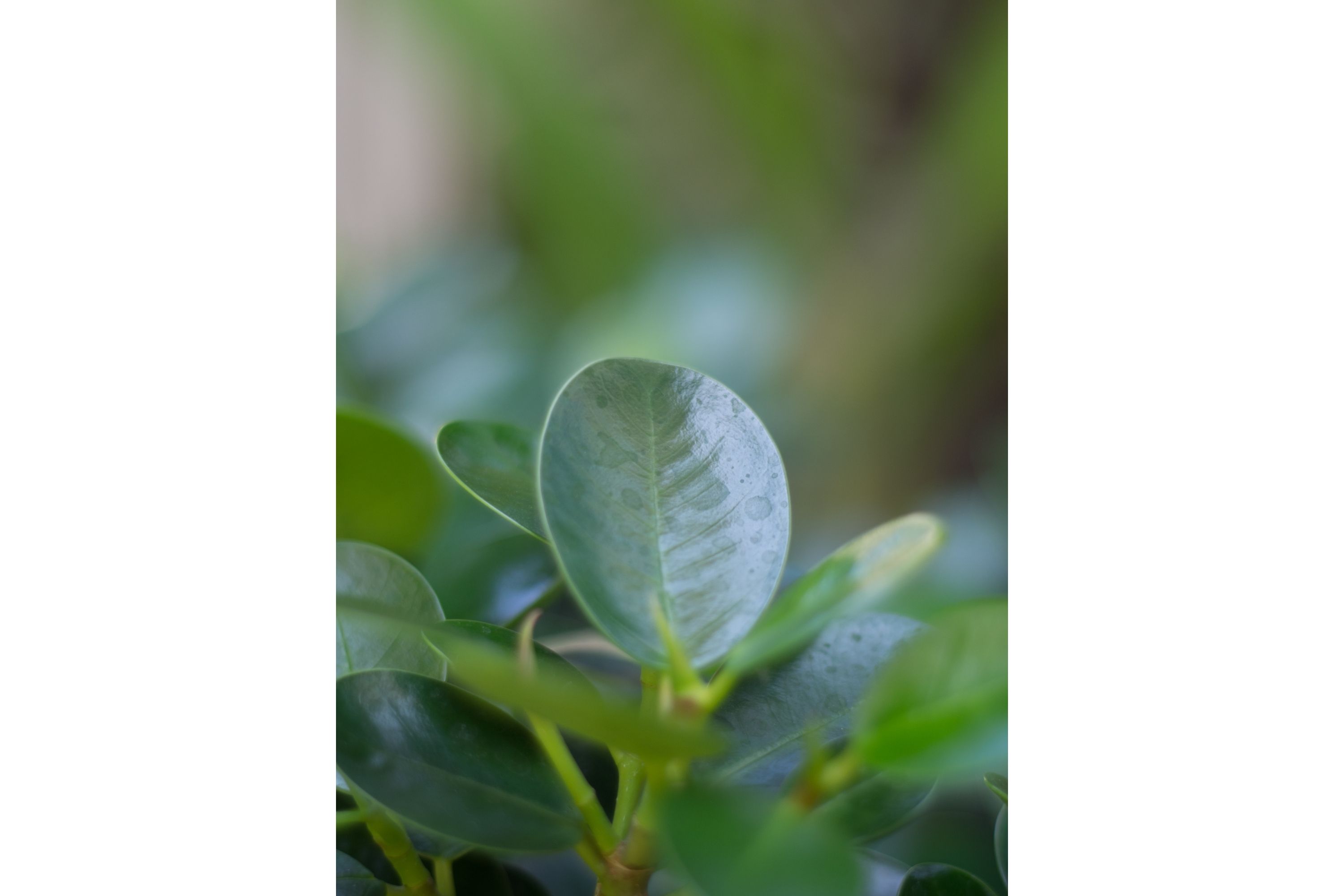Antidesma excavatum
(Antidesma excavatum)

Description
Antidesma excavatum is occasionally a shrub, but more commonly a tree that can grow up to 25 metres tall. The bole can be straight or crooked, sometimes twisted; it can be free of branches for up to 11 metres and up to 50cm in diameter, sometimes with more than one stem. The plant is said to sometimes adopt a climbing habit. The tree is harvested from the wild for local use as a food, dye and source of wood. It seems to be cultivated as a minor fruit tree in eastern Malesia (similar to Antidesma bunius in western Malesia) which means that there may have been a certain amount of dispersal by humans Antidesma is a genus of tropical plant in the family Phyllanthaceae formally described by Linnaeus in 1753. It is native to tropical Africa, Asia, Australia, and various oceanic islands. The greatest diversity occurs in Southeast Asia. Antidesma is a variable genus which may be short and shrubby or tall and erect, approaching 30 metres in height. It has large oval shaped leathery evergreen leaves up to about 20 centimetres long and seven wide. The flowers have a strong, somewhat unpleasant scent. The staminate flowers are arranged in small bunches and the pistillate flowers grow on long racemes which will become the long strands of fruit. The fruits are spherical and just under a centimeter wide, hanging singly or paired in long, heavy bunches. They are white when immature and gradually turn red, then black. When they are still white they have sour and astringent taste, sour taste when they are red and have sweet and sour taste when they are black. The evergreen (sometimes deciduous) simple leaves have fine hairs and show no glands. They grow in an alternate arrangement, with entire, symmetrical blades. They are connected to the stem with a petiole (leaf stalk) and stipules (appendage at the base of a leaf stalk). The globose to ellipsoid fruits resemble a drupe. Their color varies from green to white, red and black. The fleshy and juicy fruits are edible with a sour to bitter sweet taste. Some individuals find Antidesma bunius berries to have a bitter taste. Those who detect this bitter taste (about 15% of subjects tested) cannot taste PTC, and similarly those who can taste PTC (about 68% of the subjects) cannot taste any bitterness in Antidesma bunius, while a minority of people cannot taste bitterness in either.
Taxonomic tree:







